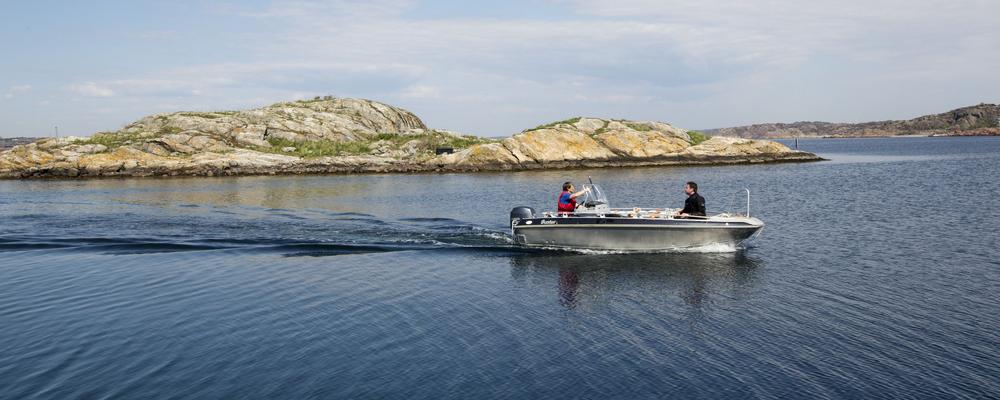
Circulation and spread in the coastal zone
Many human activities are concentrated to the coast and have the most direct impact of the ocean environment in the coastal zone. In addition there is a large human impact from inland coming from the catchment areas of rivers discharging at the coast.
The coastal zone and human interaction
The coastal zone is where most people have contact with the ocean and we use it for many types of activities like boating, swimming, recreational fishing, scuba diving and commercial activities like shipping, harbor’s, commercial fishing, aquaculture, tourism and many more.
At the same time the coastal zone is an important biotope and nursing ground for many marine organisms and is vulnerable to environmental disturbances.
Complex management with conflicting interests
Thus, the coastal zone is the scene for many different interests of which some may be conflicting. The management of the coastal zone is therefore complex and there is large need for research, both basic and applied, to aid the governing process.
Coastal Research Themes
- Turbulent mixing processes, coastal currents, and novel observation platforms
- High-resolution circulation modelling, including data assimilation, and particle trajectory simulation
- Process oriented modeling related to climate change and coupled land-surface processes
- Dispersal and connectivity of marine organisms and invasive species
- Transport and fate of contaminants (e.g. plastic particles, oil spills, metals, organic pollutants)
- Biofouling of marine organisms and the environmental impact from antifouling strategies